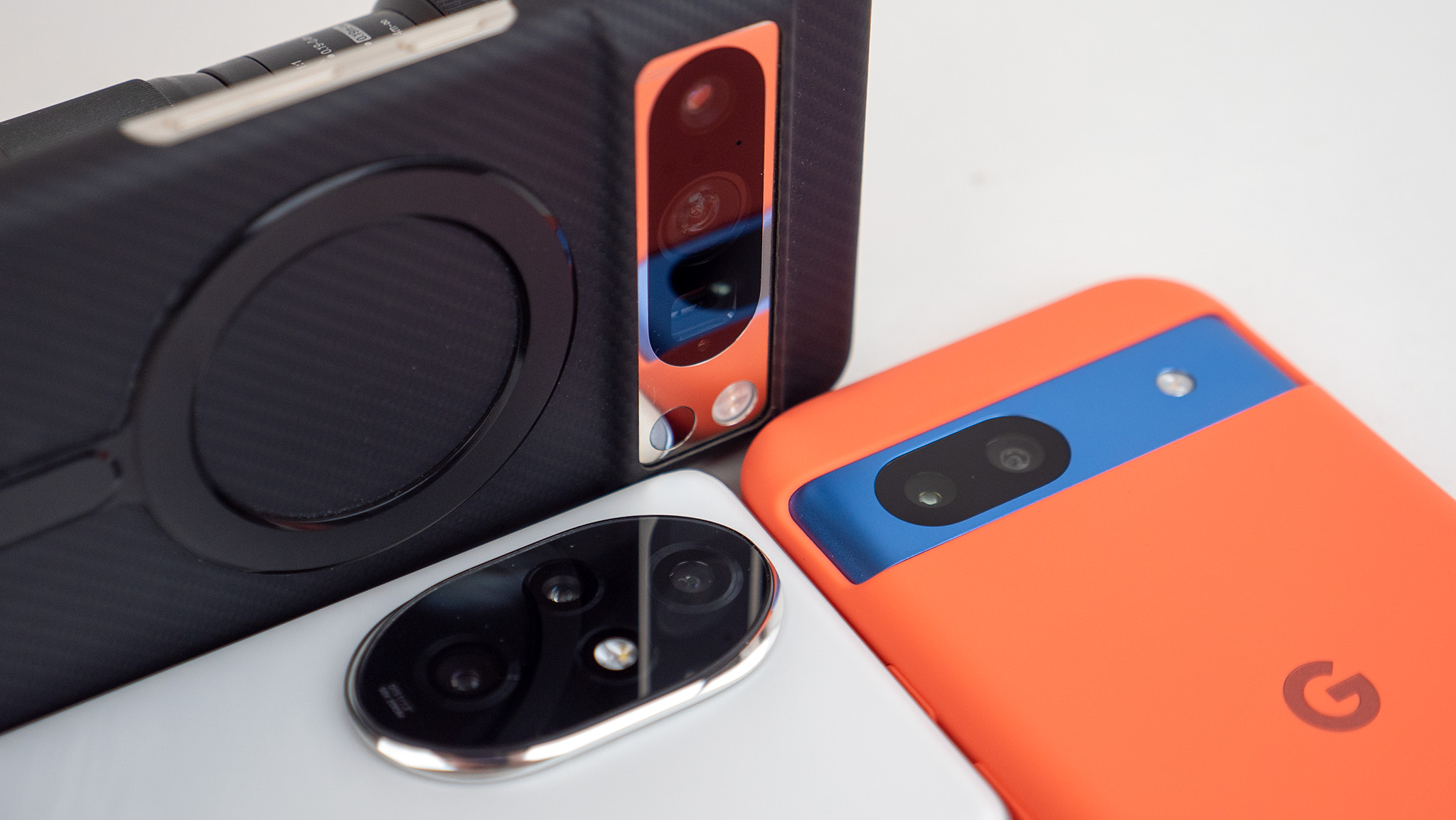
When it comes to smartphone cameras, Pixel phones are considered the cream of the crop. Google's AI expertise is used in full force in the Pixel camera software, ensuring that your photos not only look good but deliver the most reliable tools to capture the moment the way you remember it.
But Honor has been silently improving its own AI-powered camera stack, delivering one of the best camera experiences I've ever used earlier this year and even bringing those high-end features down to the more affordable Honor 200 series. It's effectively identical to what Google has been doing—offering cutting-edge software and processing on less expensive phones.
Honor also continues to focus on areas where it excels, including photo motion capture and portrait mode, both of which have seen substantial upgrades this year compared to last year's Honor 90. The partnership with Studio Harcourt—the famous French photography company founded in 1933—proves that Honor is serious about portrait photos on the Honor 200 series. But can it beat the Pixel? Let's find out.
Motion capture
One of the Pixel's biggest strengths is motion capture, or the ability to take a crisp photograph of an object in motion. This is why I've long recommended it as the best phone for parents and pet owners. But Honor's latest AI-based software improvements are equally good at understanding what the phone is taking a picture of, ensuring your photo looks incredible every time.
I took the Honor 200 Pro, Google Pixel 8 Pro, and Google Pixel 8a to Dave & Buster's for a fun day out to capture the excitement of the moment while playing games. The Honor 200 Pro matches the motion capture quality of the Google Pixel 8 Pro and even the Honor Magic 6 Pro, which is impressive given the price gaps between these products.
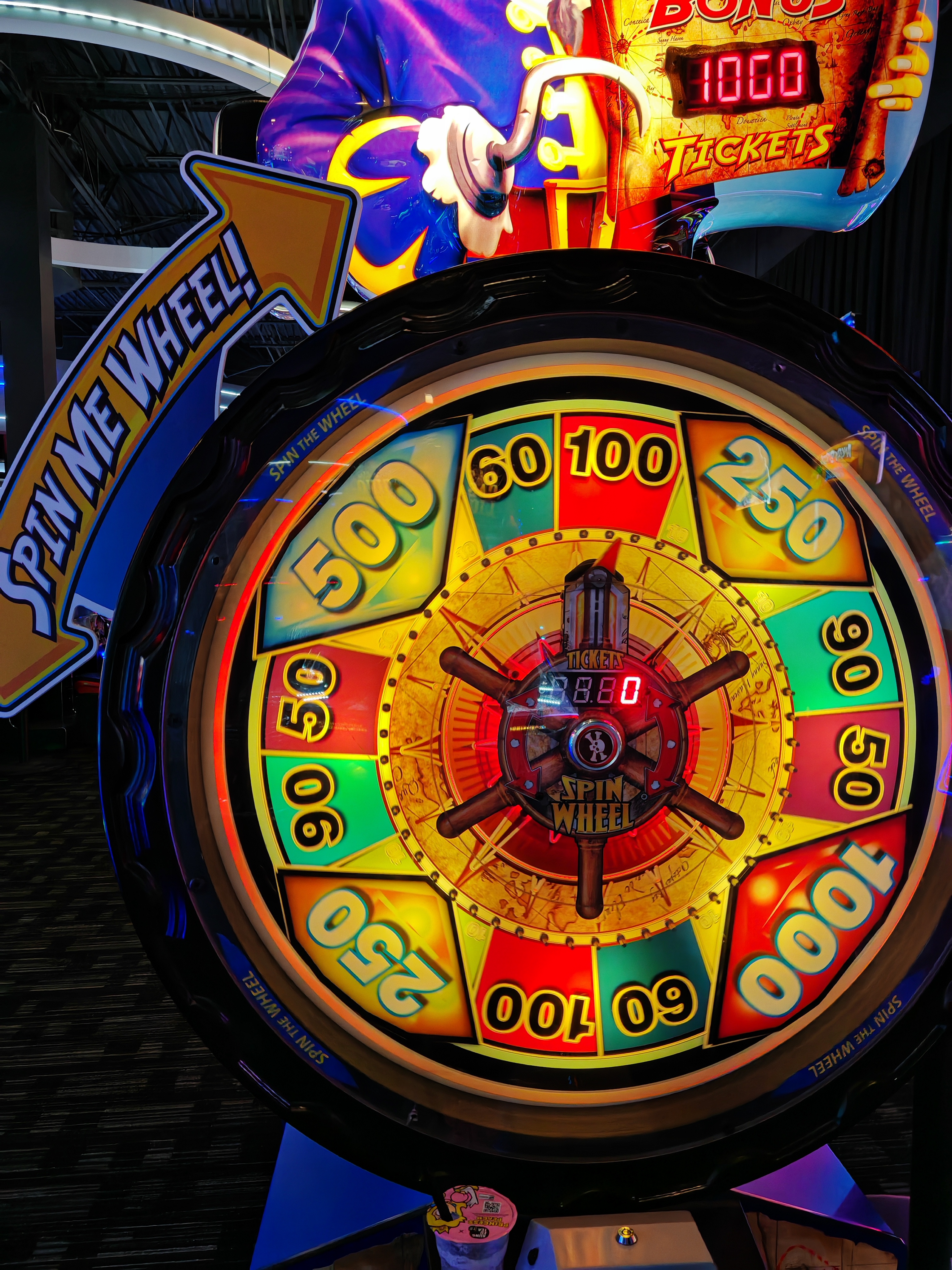
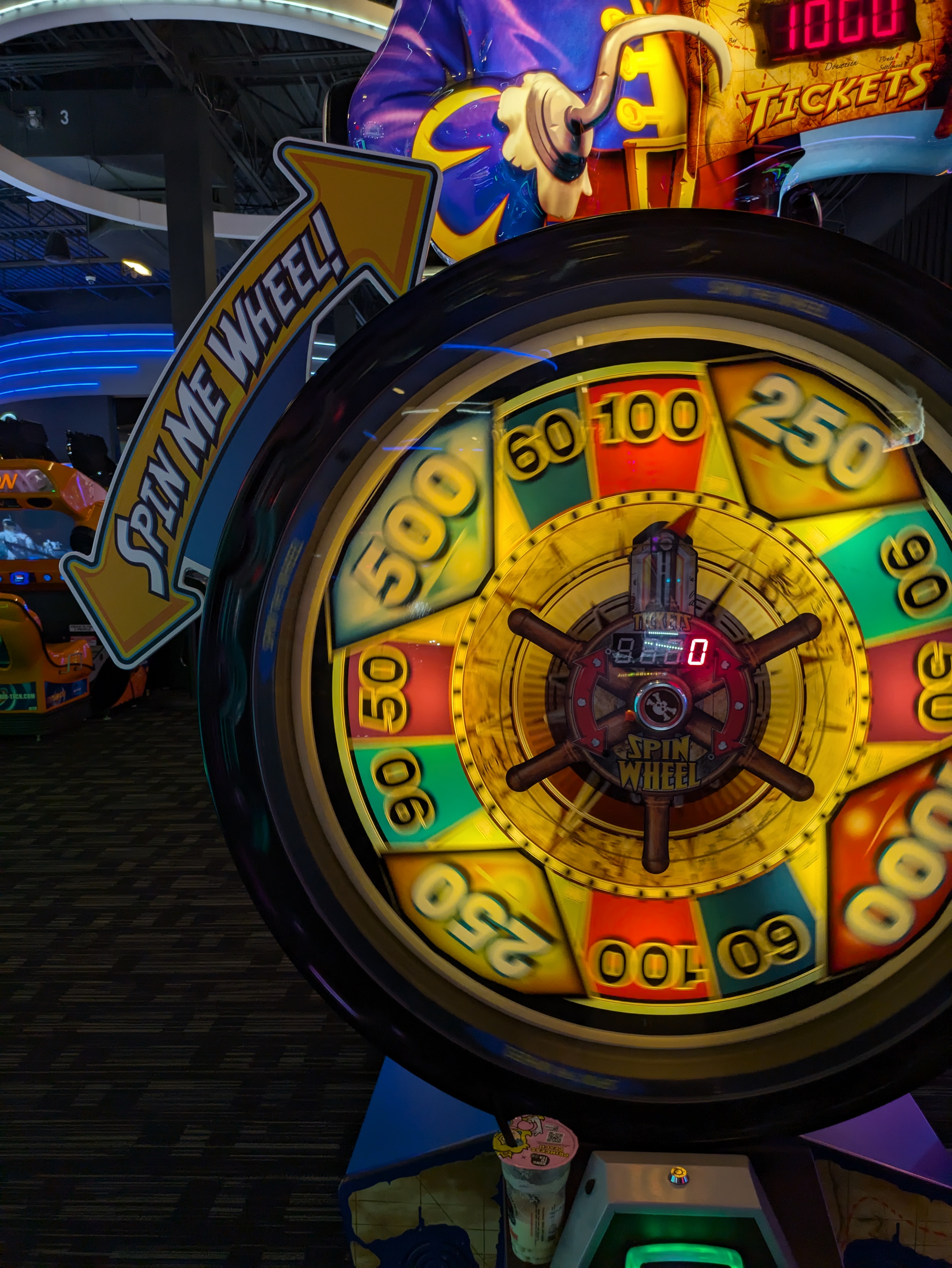
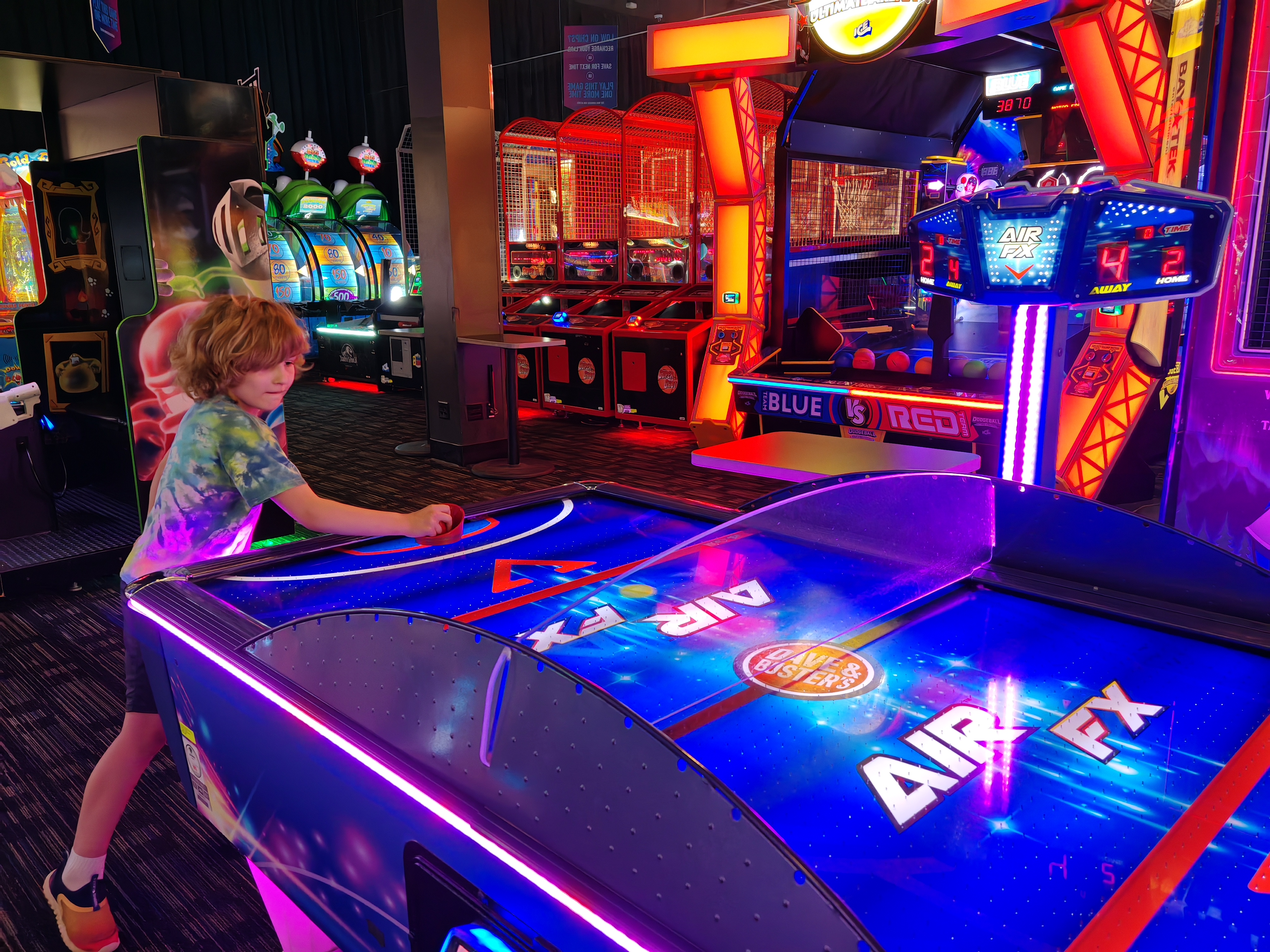
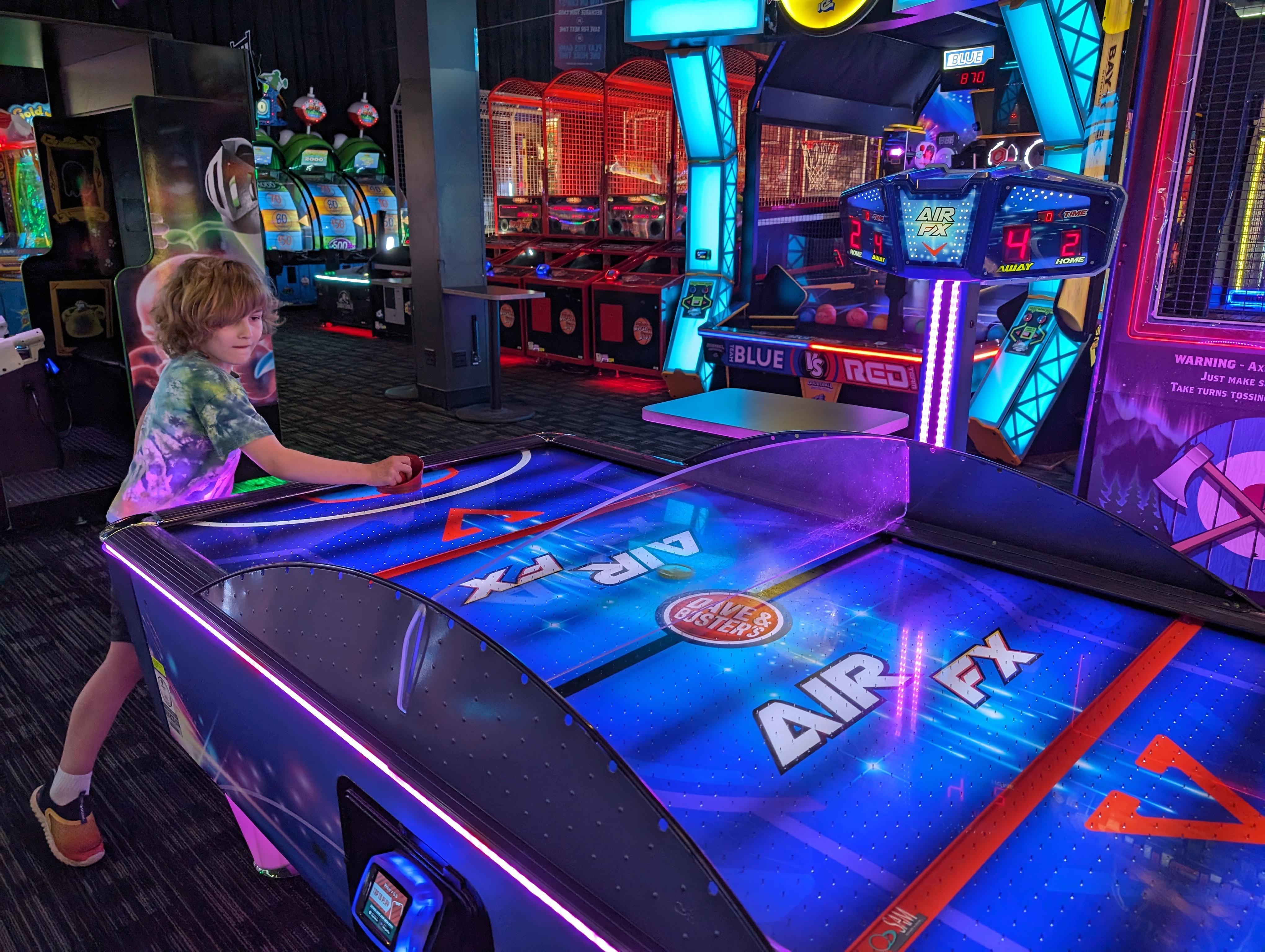
The Honor 200 Pro's motion capture is right up to par with the Google Pixel 8 Pro and handily beats the Pixel 8a. Despite having the same chipset as the Pixel 8 Pro, the Pixel 8a's lesser quality camera sensors mean that it simply doesn't capture motion as well.
The shot of the spinning wheel was taken at the same time by holding the phones side by side, yet the wheel in the Pixel 8a's photo is blurry, while the Honor 200 Pro is completely crisp.
In the second series of photos, the boy playing air hockey was captured perfectly by both the Honor 200 Pro and Google Pixel 8 Pro, freezing the moment in crisp clarity on each phone. But the Honor 200 Pro's photo is significantly crisper all around, delivering better fine details and less noise.
In fact, the more you zoom in, the better things look for Honor. The Honor 200 Pro's photos look like they were captured from a phone with a substantially larger sensor. Dare I say it, like a DSLR.
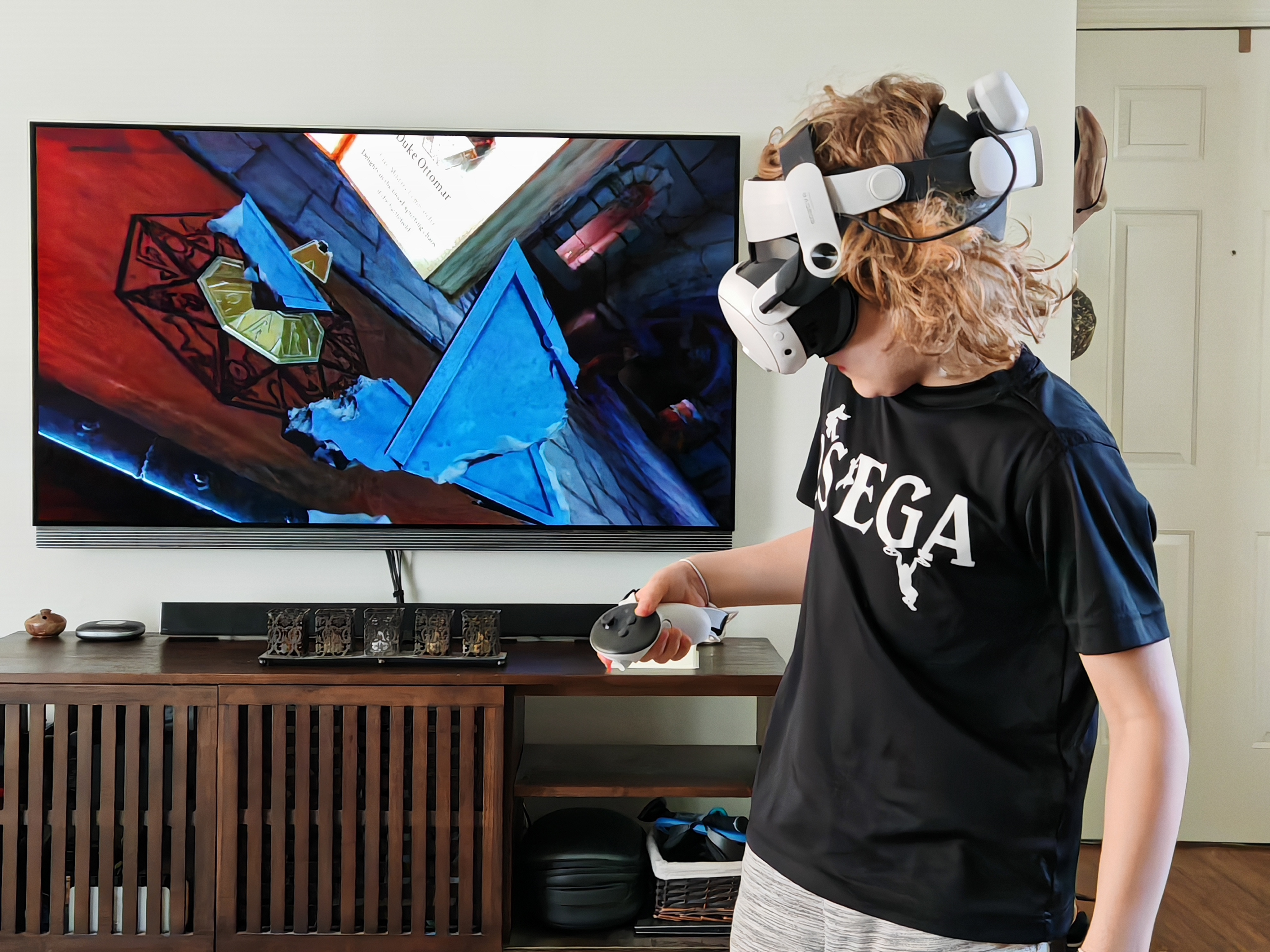
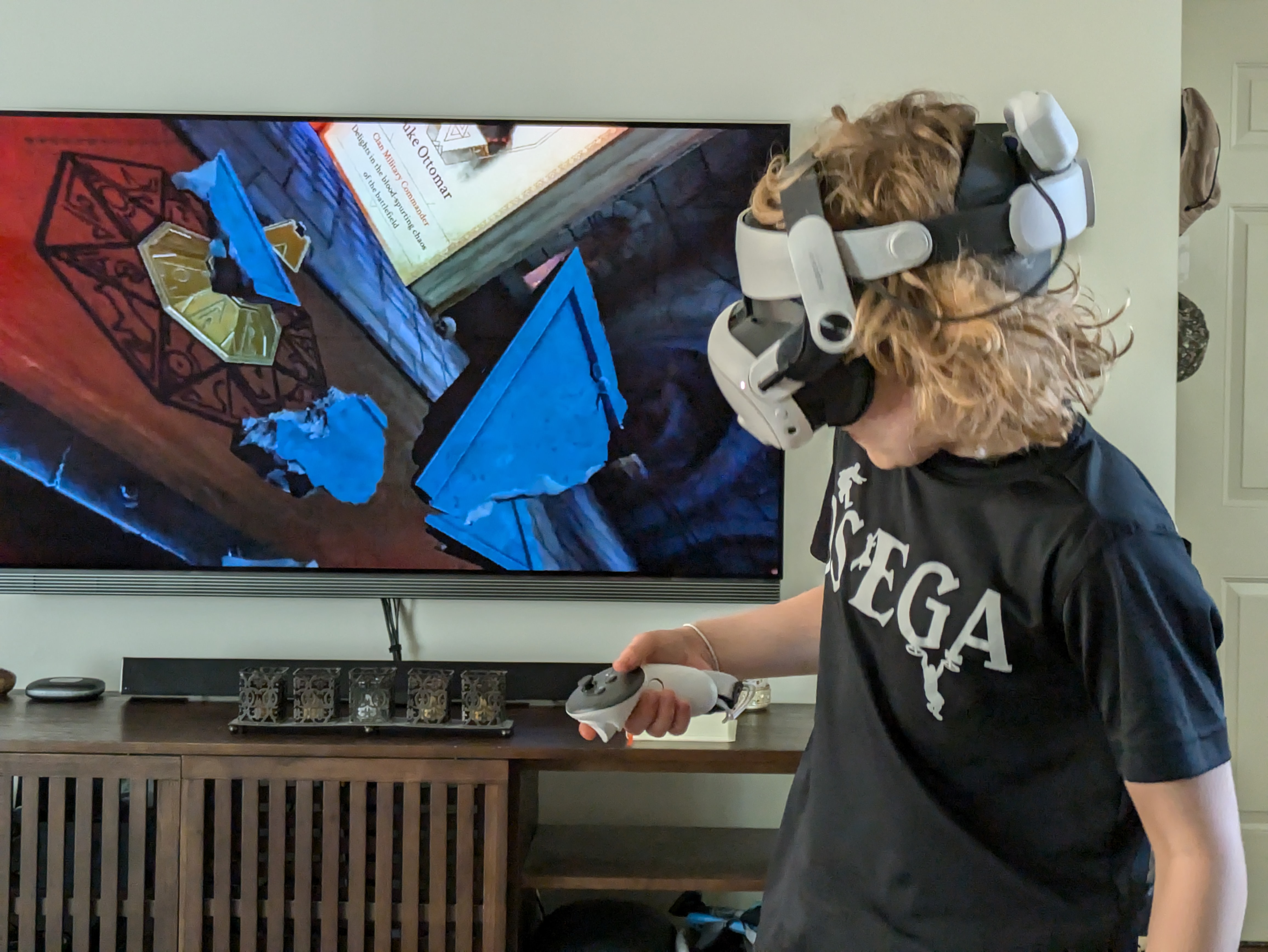
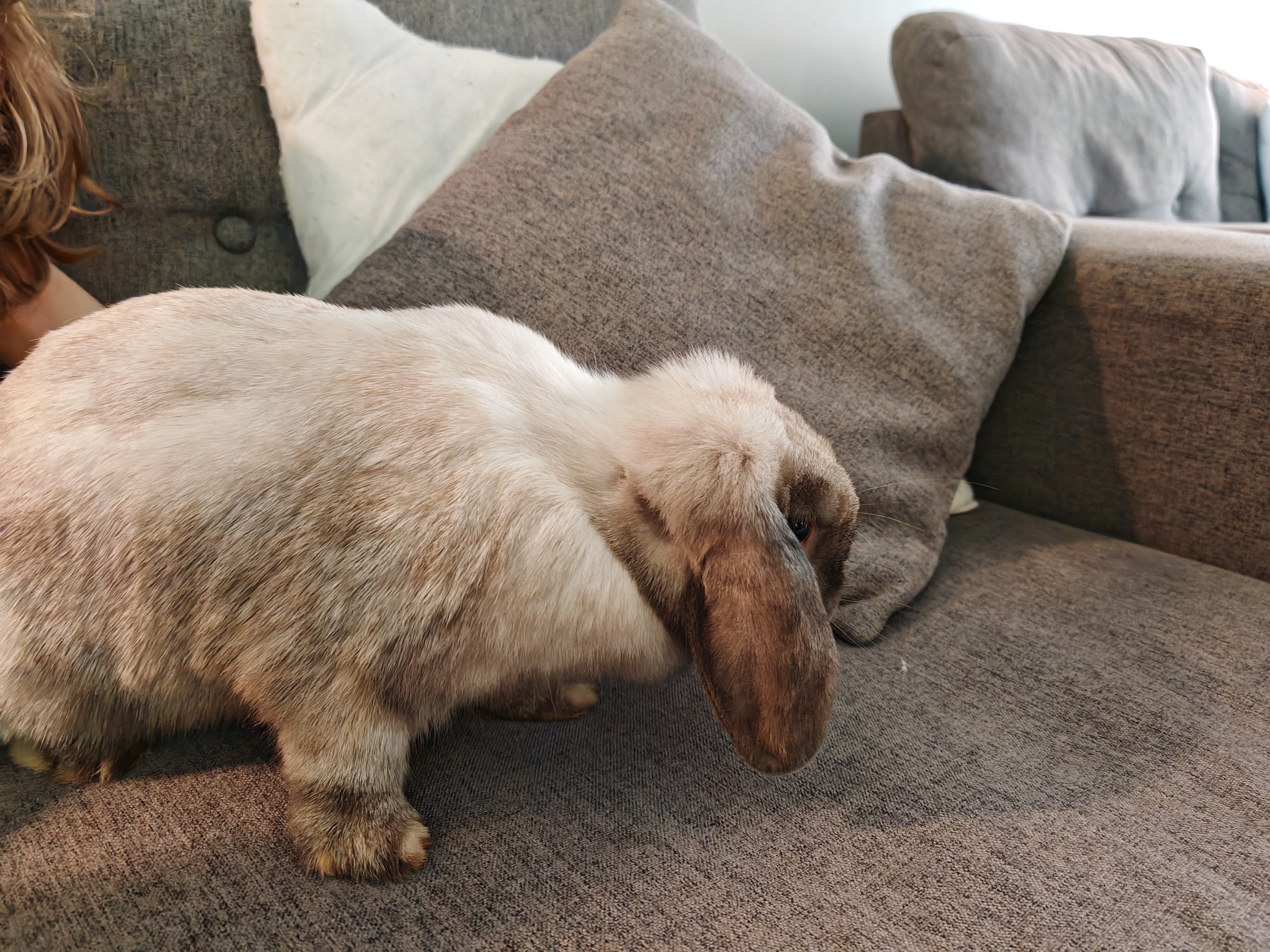
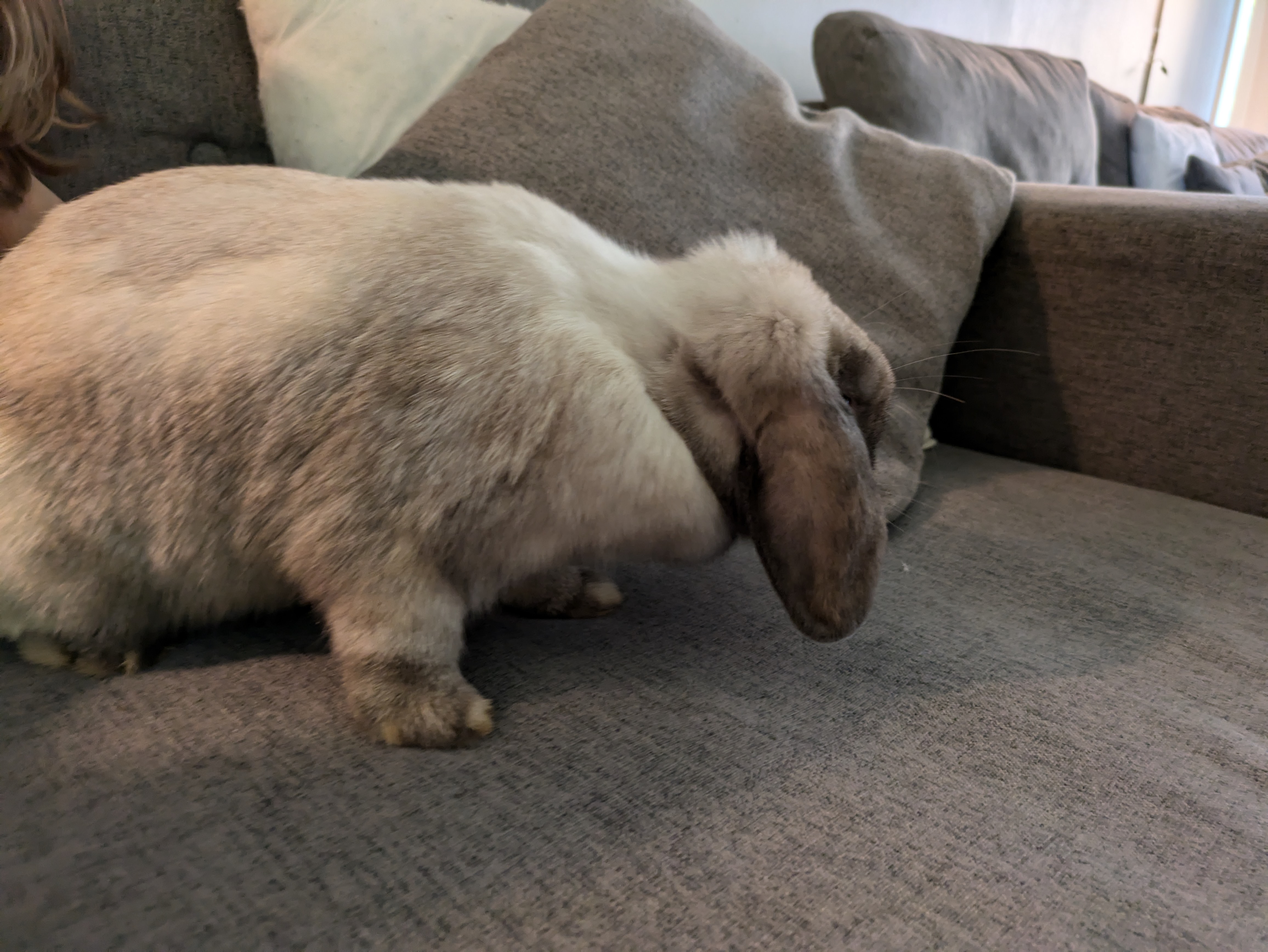
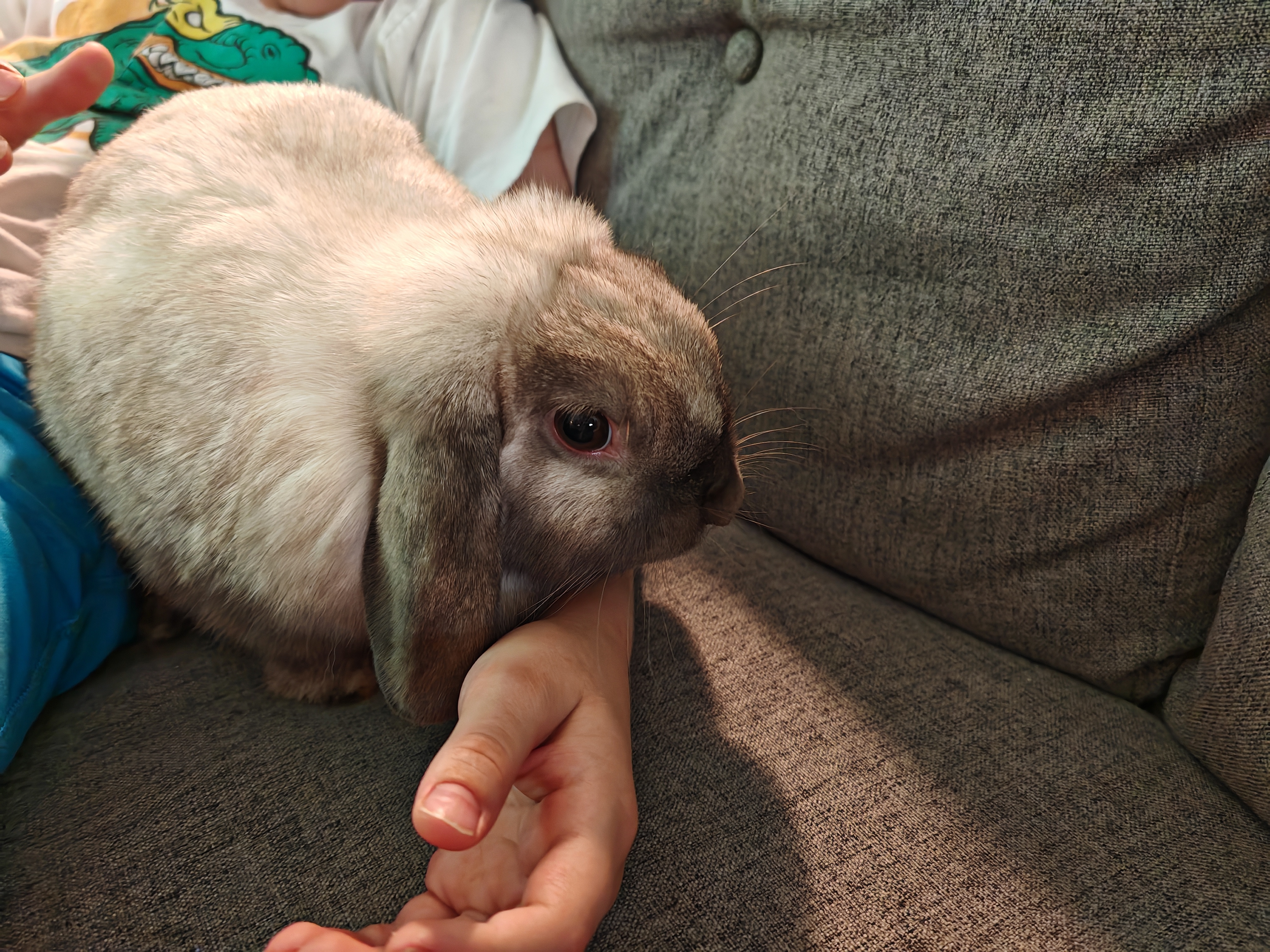
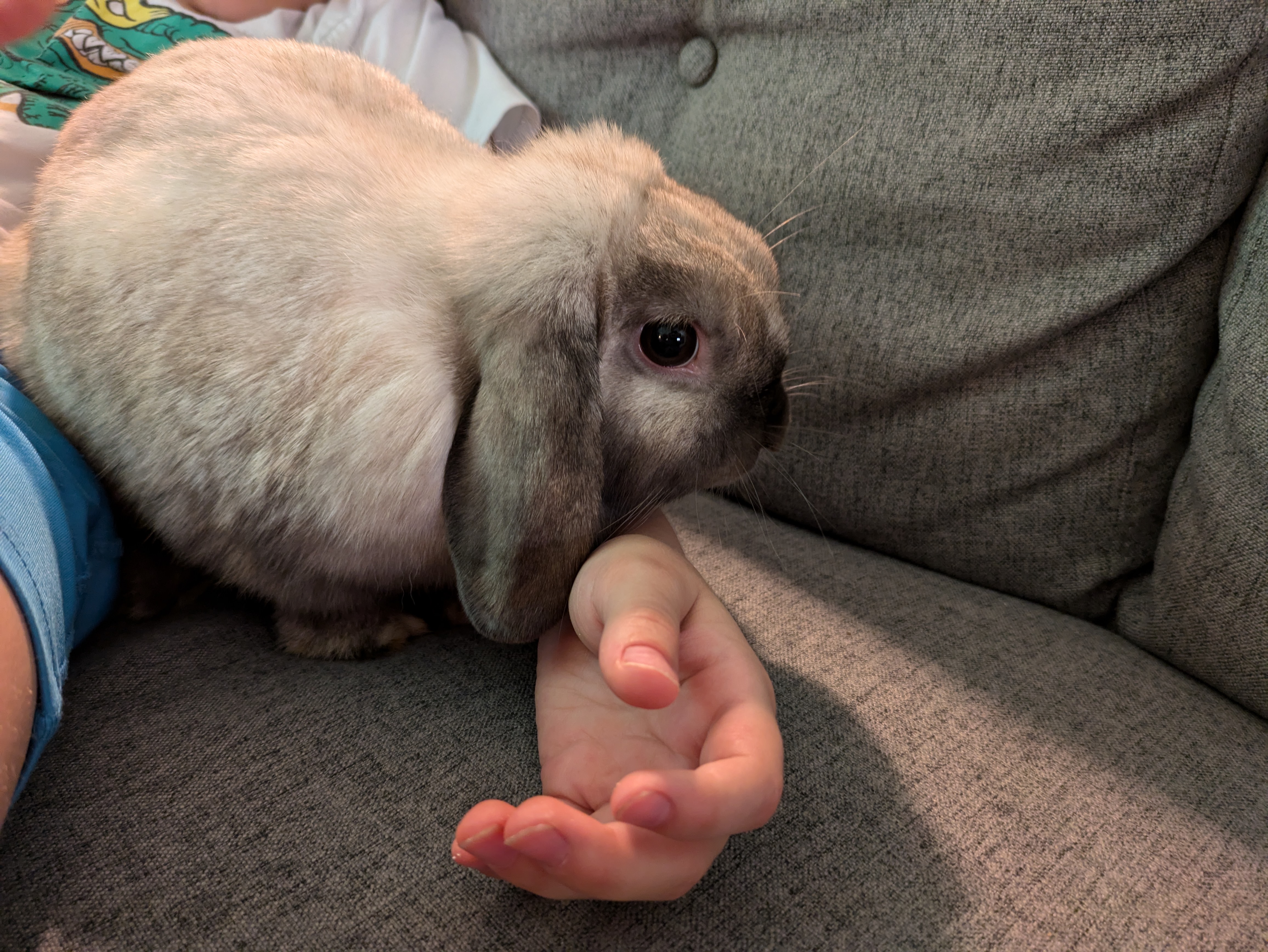
Even during the day, the difference between the Honor 200 Pro and the Pixel 8a is almost comical. The Honor 200 Pro is around $100 more expensive, but it's clearly worth the money if you value motion capture quality in a smartphone camera.
I took pictures side-by-side of my rabbit with the Pixel 8 Pro, Honor 200 Pro, and Pixel 8a, and the results speak for themselves. Photos with the Pixel 8 Pro came out crisper than the Pixel 8a but still not as sharp as the Honor 200 Pro.
Likewise, taking pictures of my son playing on a Quest 3 was nice and sharp on an Honor 200 Pro, while they remained soft on the Pixel 8 phones tested. The Pixel still does a better job at capturing motion than most phones I test, but Honor's motion capture is on an entirely different level, regardless of how bright or dim the surrounding lighting is.
Portrait mode
Honor specifically advertises that the Honor 200 Pro features the best portrait mode you'll find on any phone, so let's put that to the test. As previously mentioned, Honor partnered with the famous French photography company Harcourt Portraits for the release of the Honor 200 Pro.
This partnership enables a trio of new portrait mode options, including Harcourt Vibrant, Harcourt Color, and Harcourt Classic. Classic is a black & white-only mode, while the other two options provide different levels of color and post-processing changes. Here's a quick illustration of the difference between the modes:



The benefit of having these modes built into the camera is that you don't have to edit them later. Harcourt Color is a classic color portrait style from Harcourt including vignetting and a specific color palette. Vibrant is a more "modern" portrait look without the vignette and with punchier colors, while black & white evokes the classic 1933 original style of Harcourt.
But Honor isn't just touting superfluous style that could be added with Instagram filters. It's also touting the quality of the photo, including fine details and the portrait "cut-out," as well. It's clear how clean and natural-looking Honor's portrait mode is when compared to both the Pixel 8a and Pixel 8 Pro.





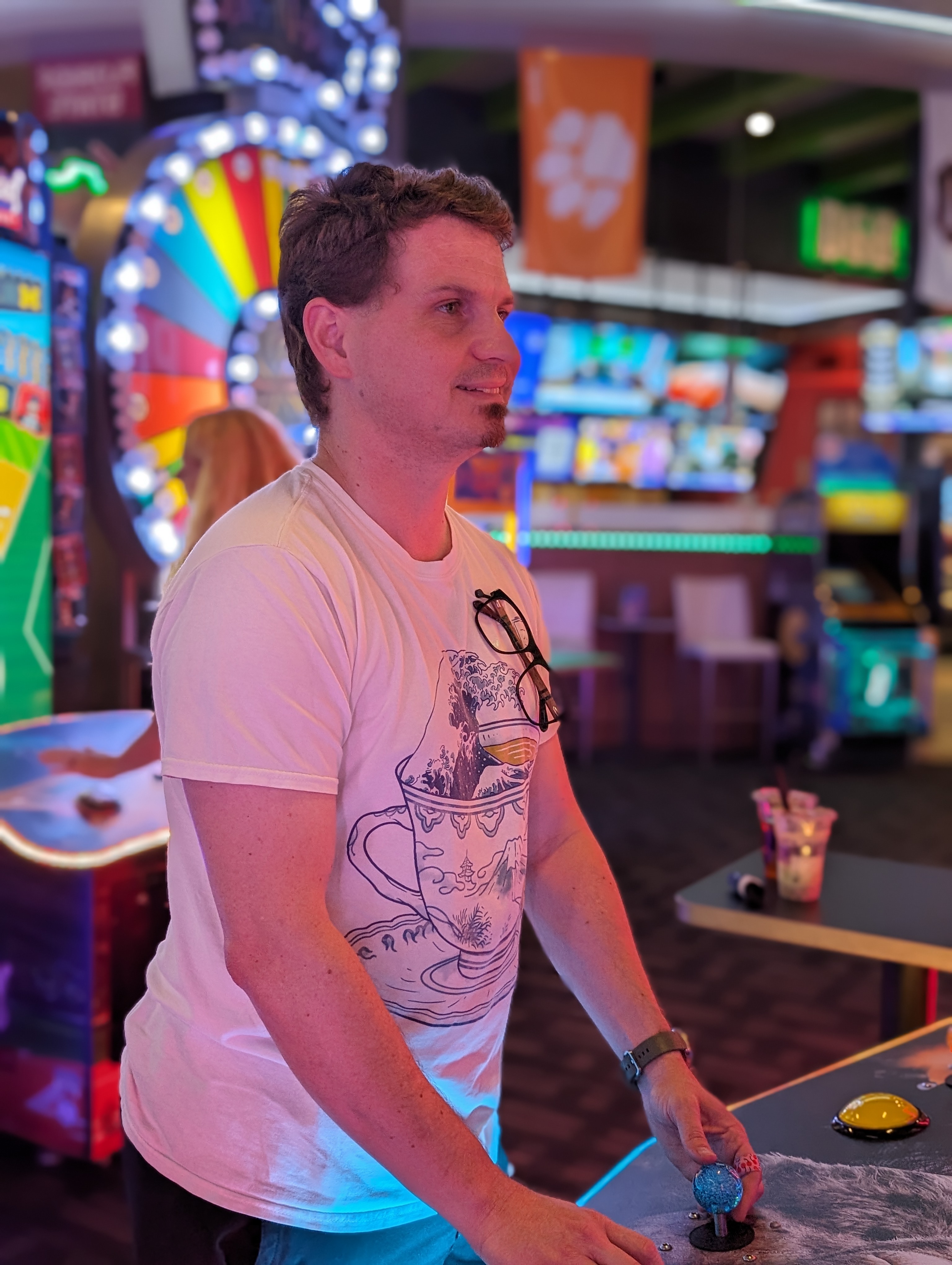

While all three phones did a good job of capturing the moment, the Honor 200 Pro sports better fine details, particularly in the bokeh effect cut-out that separates the foreground from the background.
Google's method is still super messy and has lots of errors along the edges of the person identified in the photo. Zoom into any of the photos, and you'll see exactly what I mean. Honor takes the cake here, and there's not much of a contest, either.
Ironically, given Google's penchant for getting skin tones right, I found that my own skin tone was often incorrect when using the portrait mode on either the Pixel 8a or Pixel 8 Pro. This extends to the front-facing camera, as well, which you can see below.




Not only did both Pixels regularly get my skin tone (and overall color balance) wrong, but they also don't do as good a job at separating the foreground from the background as the Honor 200 Pro. Just as we saw from the rear camera, the Honor 200 Pro's cutout bokeh effect looks more natural and doesn't exhibit the weird fringing edges, particularly around my face, that the Pixel has trouble with.
Plus, the Honor 200 Pro's front-facing camera is just plain sharper than either Pixel 8a or Pixel 8 Pro. Ironically enough, I thought the Pixel 8a's front-facing camera photos looked nicer overall than the Pixel 8 Pro, particularly when it comes to sharpness and resolution.
Main cameras
The Honor 200 Pro and Google Pixel 8 Pro both feature three rear cameras — one ultrawide, one wide, and one telephoto — while the Pixel 8a only sports an ultrawide and a wide camera. As you might expect, this means the Pixel 8a can't get away with zooming in too far without significant quality reduction.
The Honor 200 Pro features a maximum zoom distance of 50x but that number is mostly nonsense as it uses a similar 2.5x zoom lens that the Honor Magic 6 Pro uses. Meanwhile, the Pixel 8 Pro only allows up to 30x zoom yet sports a 5x zoom lens. Both phones feature a 50MP sensor behind the lens.
The images below give you an example of what to expect from both phones at 10x and beyond. The Pixel 8 Pro will likely win every time beyond 3x zoom.

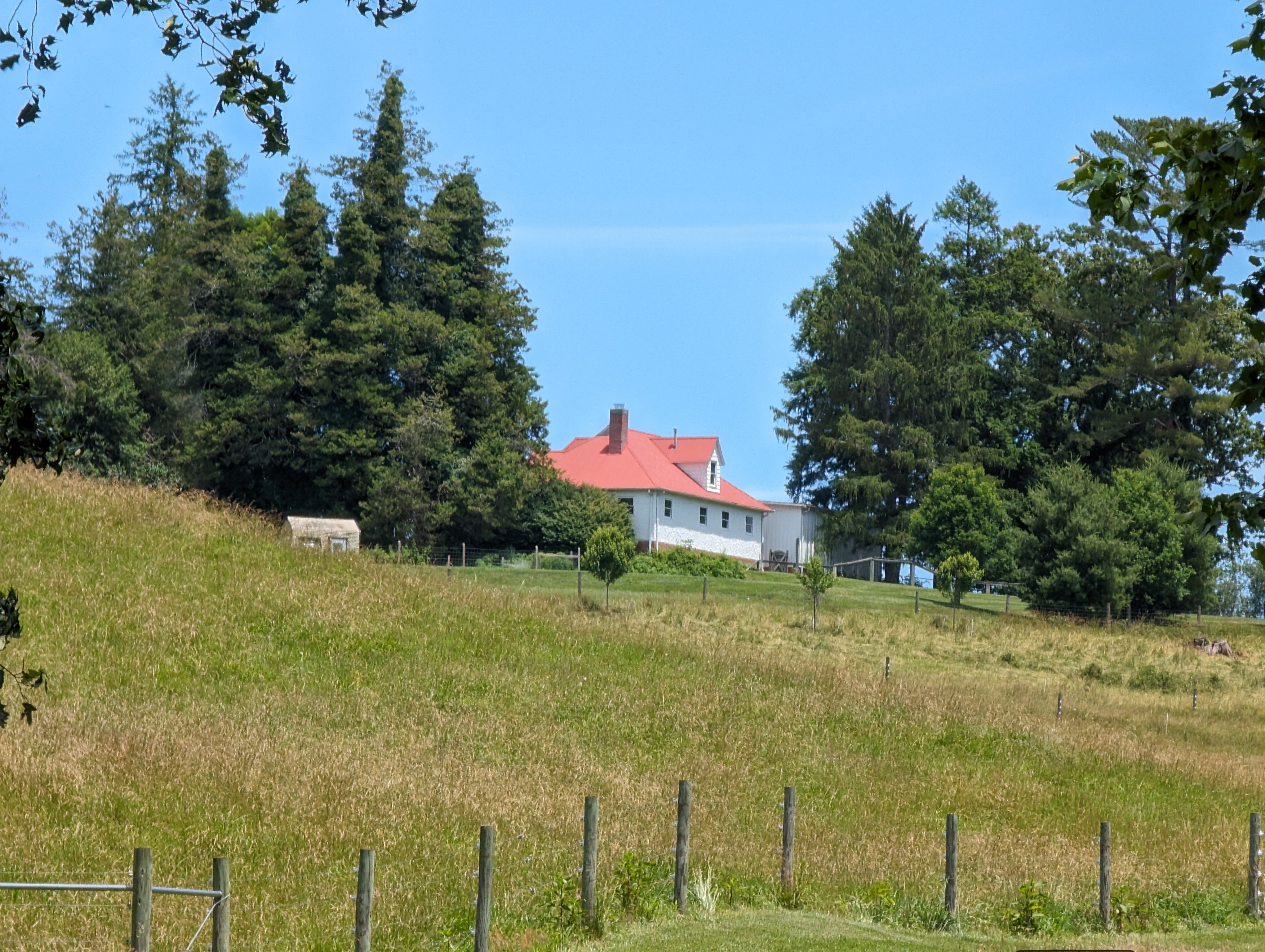
Likewise, I found that the main and ultrawide cameras on the Honor 200 Pro often have issues with dynamic range. During bright days, the Honor 200 Pro's camera regularly fails to correct for overexposed parts of a photo.
Conversely, in dark lighting conditions, the camera tends to push too hard on the contrast, often crushing black levels in the process compared to the Pixel 8a and Pixel 8 Pro.

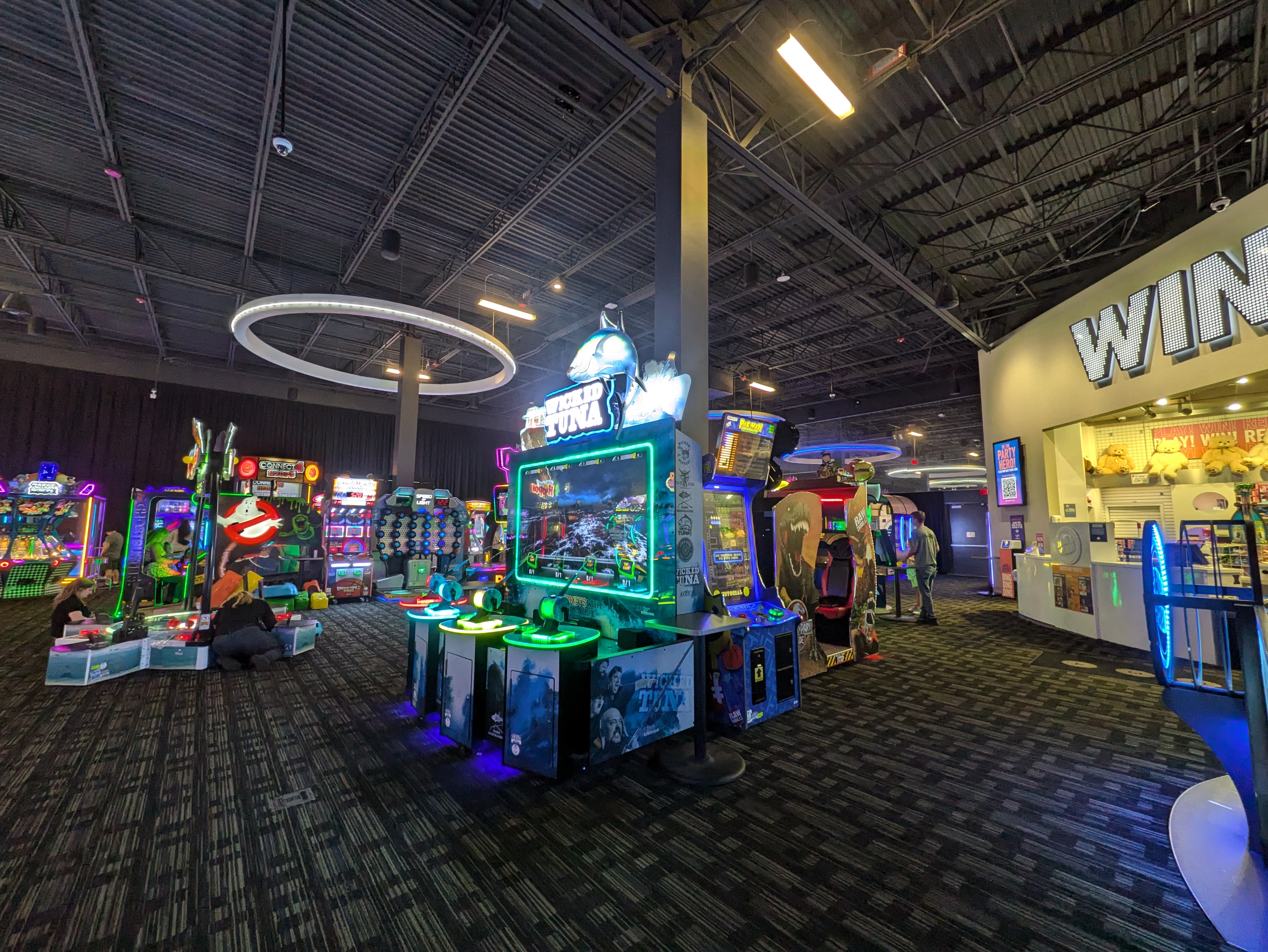




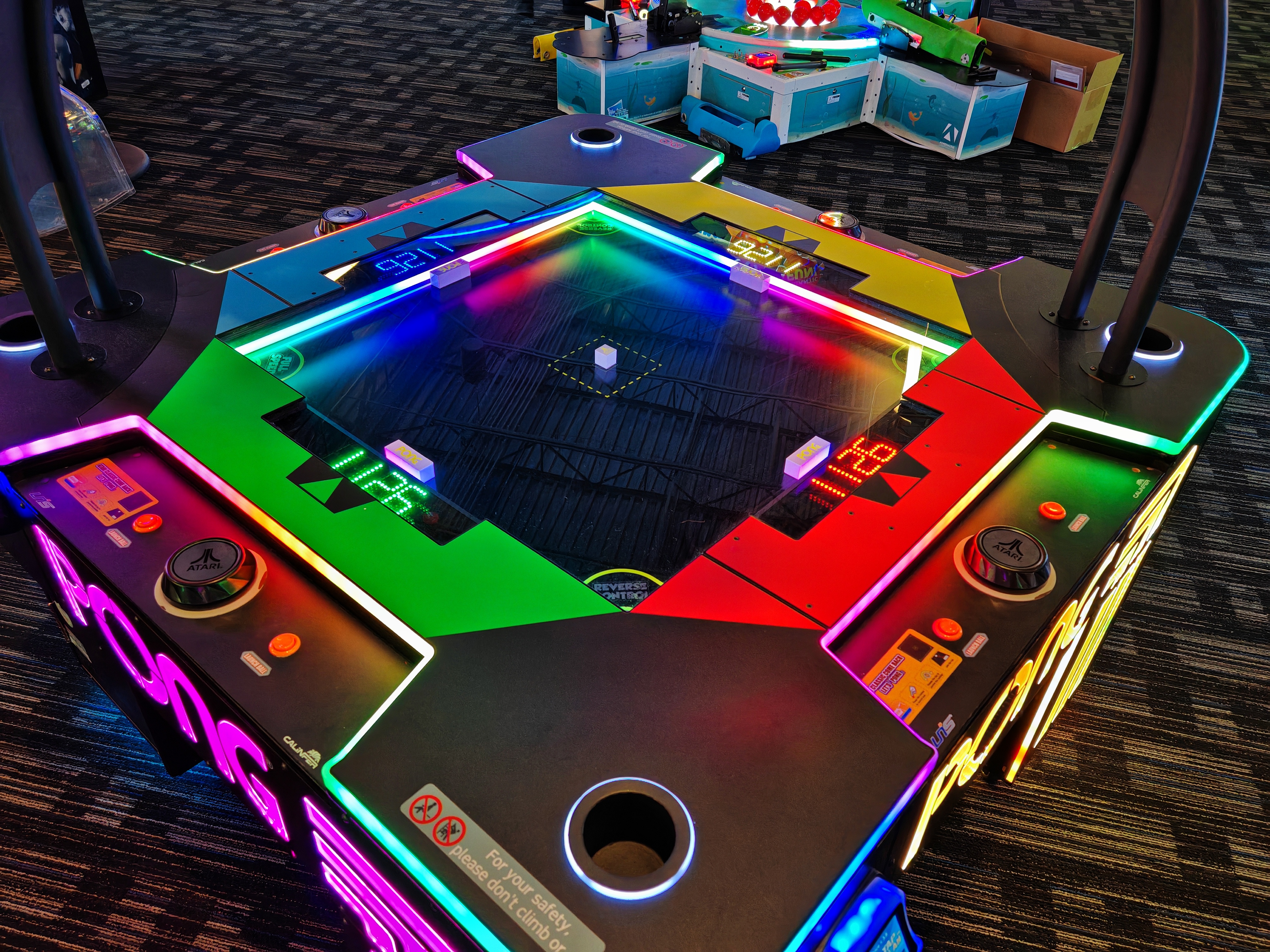
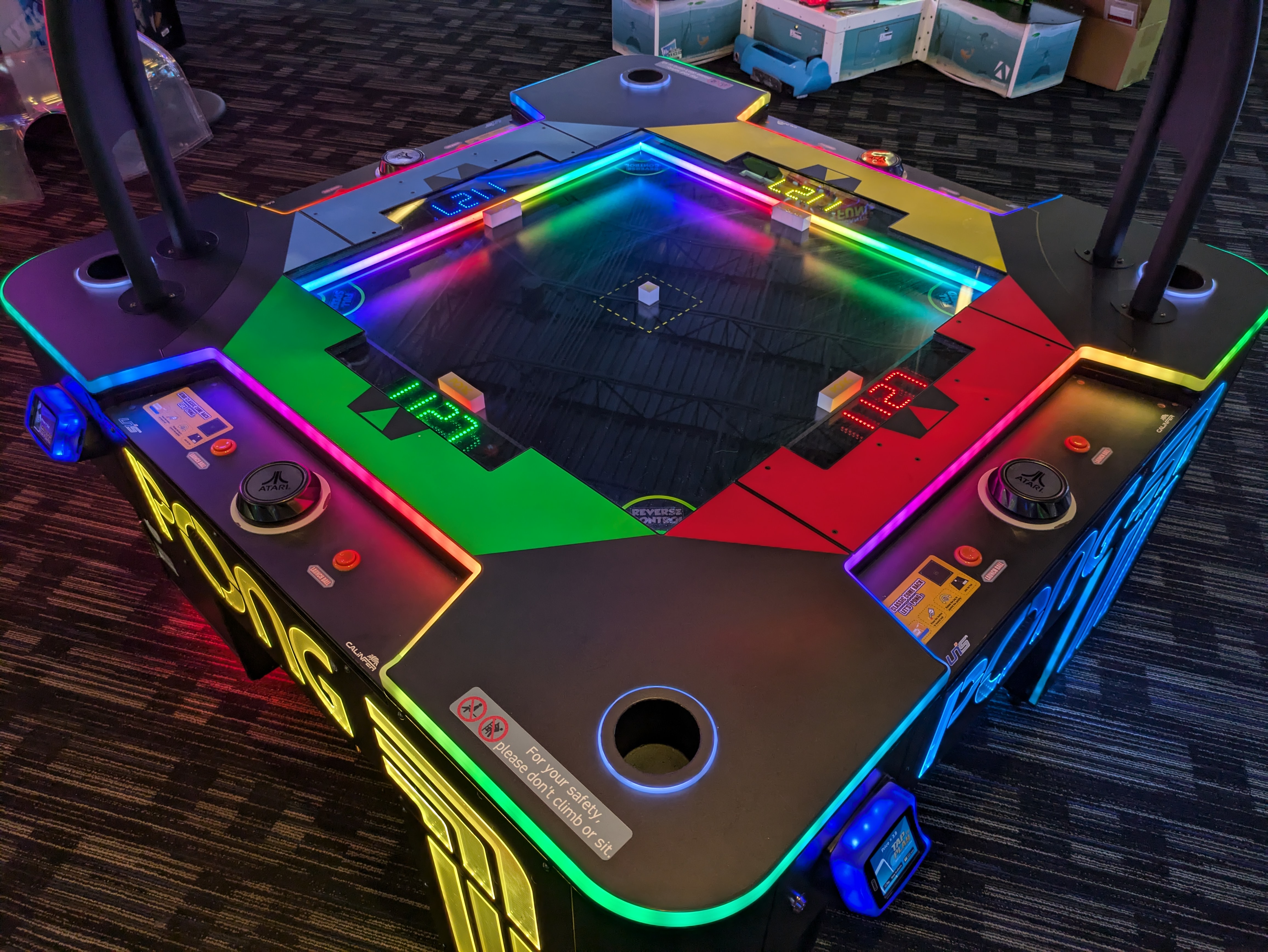
It's not always bad, though, as the Pixels often brighten up dark photos too much and the final picture doesn't accurately represent the scene as you saw it. If anything, Honor's solution here seems to more accurately represent what the human eye sees in these situations rather than what we expect from a camera. Take that for what you will.
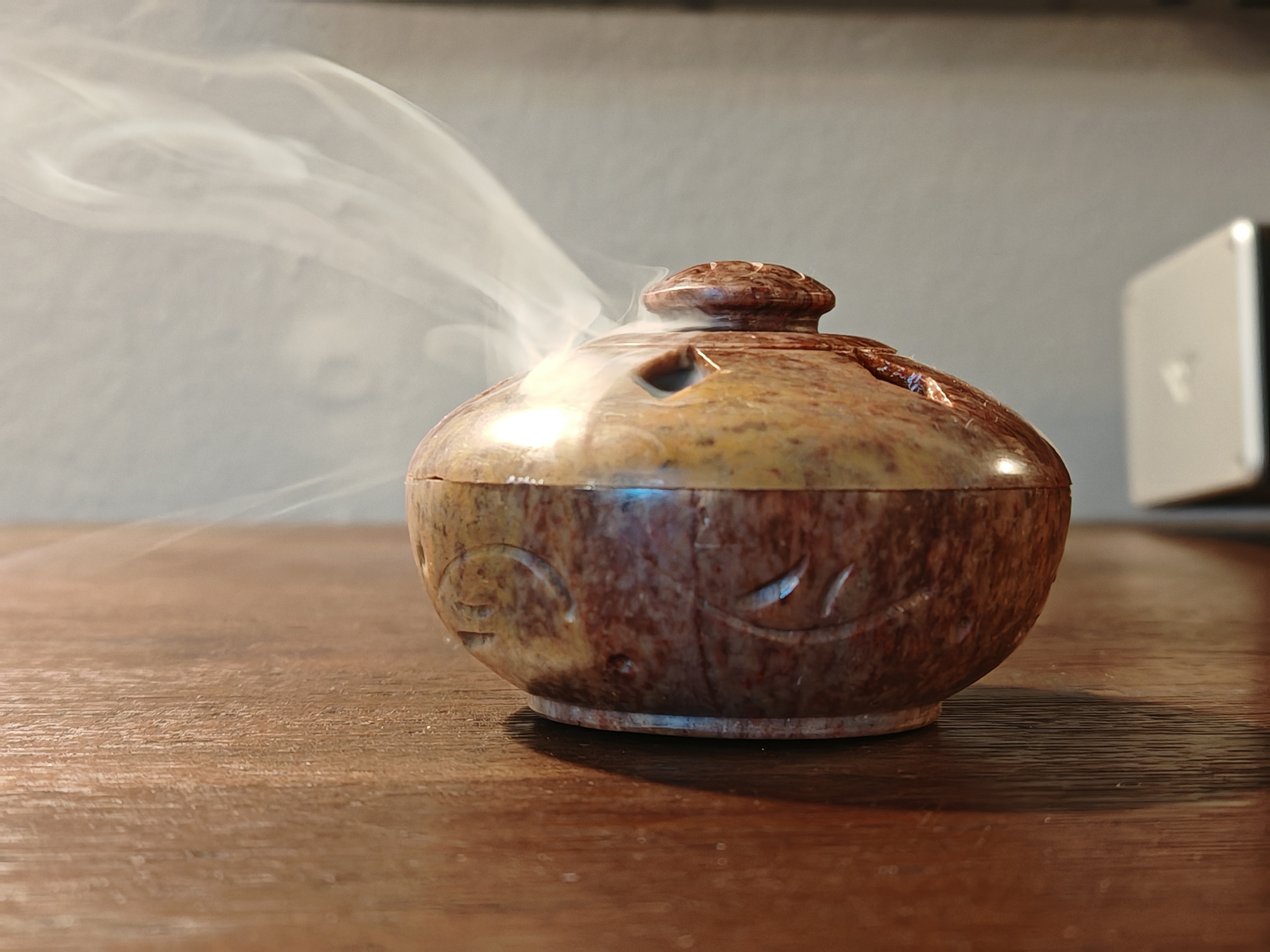
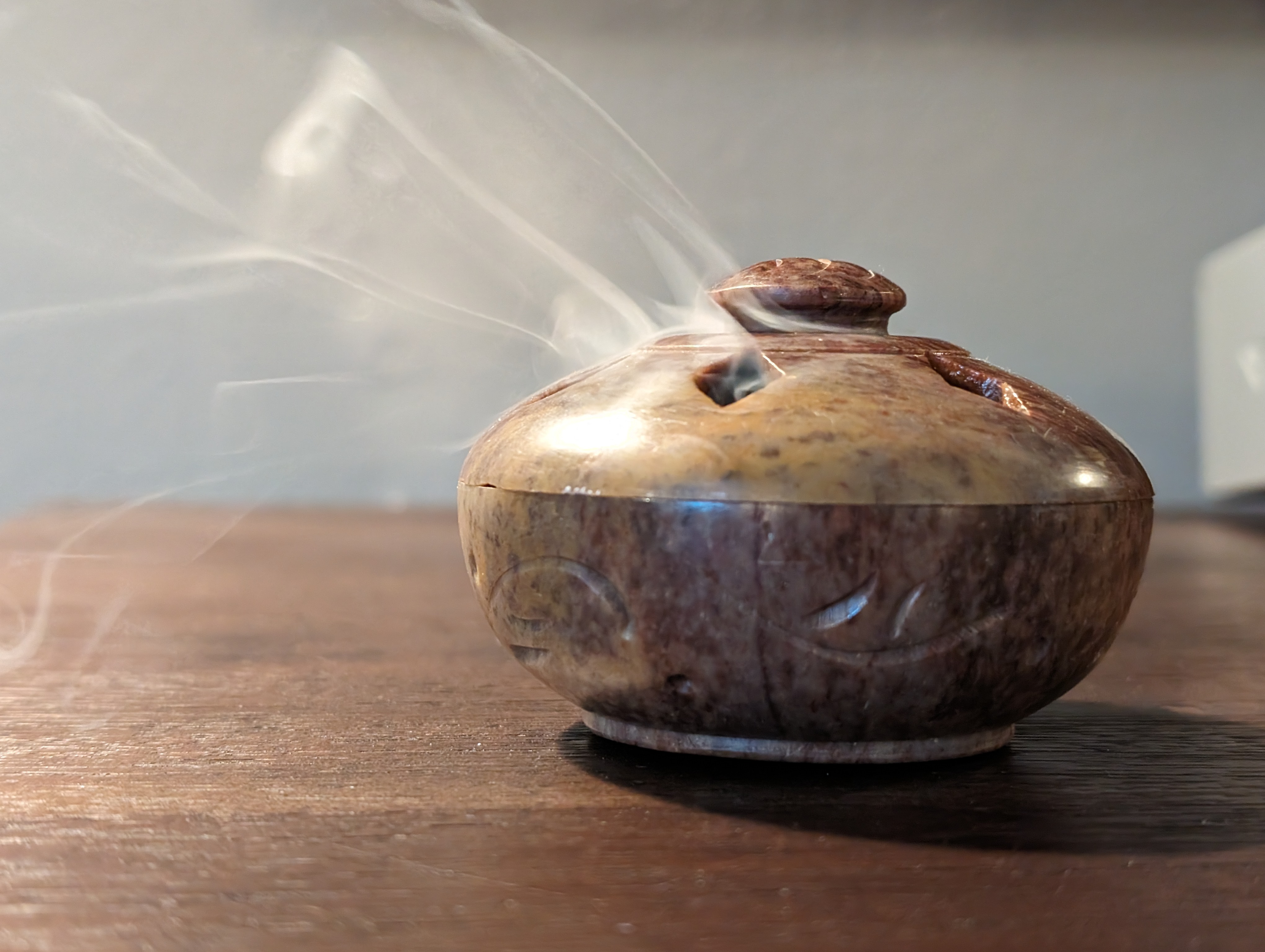
The Honor 200 Pro is also a bit too vibrant for my tastes, especially in darker conditions. The neon-lit lights littering Dave & Busters were hyper-vibrant in the photos above, and even turning to change the default "vibrant" mode to "natural" didn't seem to help much.
But the punchier colors can come in handy in some situations. The incense burner above, for instance, just looks nicer in the Honor 200 Pro's shot because of the enhanced colors.
Software and video
The Honor 200 Pro's camera takes roughly 2 seconds longer to load than the Pixel 8 series' camera software. That could mean the difference between capturing the moment and missing it entirely.
While the launch speed is a bit lacking, Honor's software has a few more features than the Pixels. It sports a full Pro mode that the Pixel 8a is missing, and it also has better video recording capabilities.
The highlights include the ability to record video from multiple cameras at once—useful for reaction videos or other more personal clips, including your face and footage from the main rear camera—and even do a "solo cut," as Honor calls it, which means the phone can generate a single portrait mode video from a landscape video when tapping a subject.
Solo Cut works very well, as you can see from the video above. The wide video on the left side is the original clip, while the portrait video on the right was automatically generated using on-device processing.
I think Honor's intention is to keep this feature for events, like live music or something similar, where you'd record a wider version as the master copy but want a vertical version of a single subject for social media posts.
The downside to Solo cCt is that you have to start recording in this mode from the beginning, and you'll need to tap an identified subject while recording for it to generate the vertical clip. That's a lot of very intentional steps a user has to take and I seriously doubt many people will go through the steps. That's a shame, considering how well it works.
However, video capture quality on the Honor 200 Pro is lacking, particularly with dynamic range. The phone often struggles to get a good light balance even in well-lit scenes, often overcompensating for overexposed or underexposed areas by making the rest of the video too bright or too dark. Neither Pixel phone suffered from this issue.
Conclusion
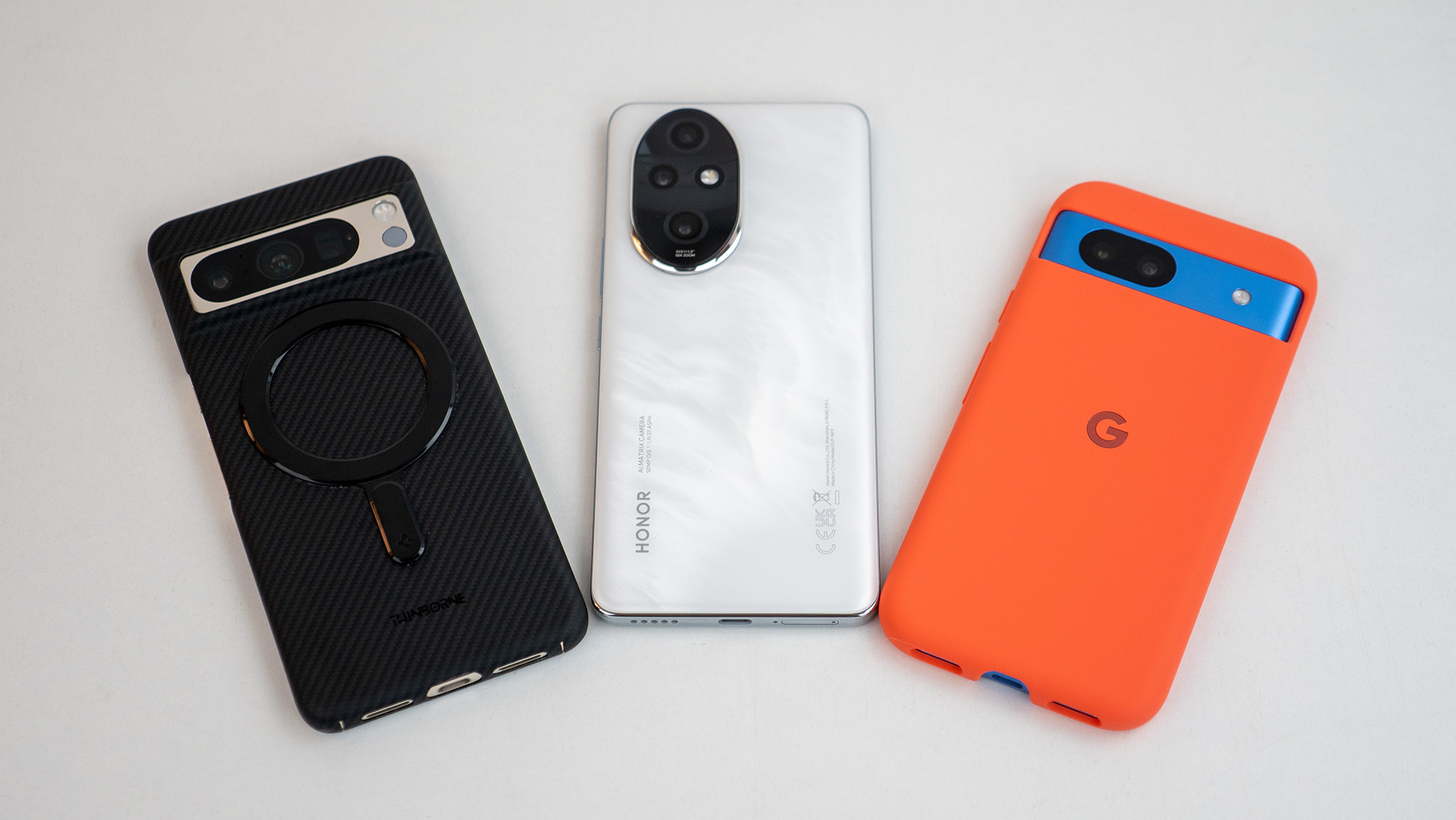
At $500, the Google Pixel 8a is still a superb choice and an excellent mid-range camera that beats everything in its exact price range. Go up just a little bit in price, however, and you'll find that you can get quite a bit better quality depending on what you're looking for.
The Honor 200 Pro mostly sits somewhere between the Pixel 8a and Pixel 8 Pro in terms of quality while offering better motion capture and better portrait mode quality than both phones. It also sports additional video recording modes like dual camera capture which might appeal to certain people.
However, Honor's latest struggles a bit with dynamic range and often overexposed or under exposed elements in areas where neither Pixel 8a or Pixel 8 Pro do. This is also the case with video recording quality which was regularly over or under exposed no matter the lighting conditions.
Honor's more contrast-heavy images better reflect what the human eye sees, though, especially in dark situations. This may be preferable if you're looking for a specific look rather than something more technically impressive, but it comes off as feeling like it needs to be tweaked in a software update.
Still, the Honor 200 Pro's camera regularly pulls out better fine details in shots—especially low-light photos and photos taken with the front-facing camera—than either Pixel phone can. I was also surprised at how poorly the Pixel 8a did capturing motion, something Pixels normally excel at.
In the end, choosing between these cameras mainly revolves around what types of photos or videos you capture as both the Pixel 8 Pro and Honor 200 Pro specialize in different things. As a whole the Pixel 8a is the worst of the bunch but it's also the cheapest phone of the trio.
Phone deals: Best Buy | Walmart | Samsung | Amazon | Verizon | AT&T







